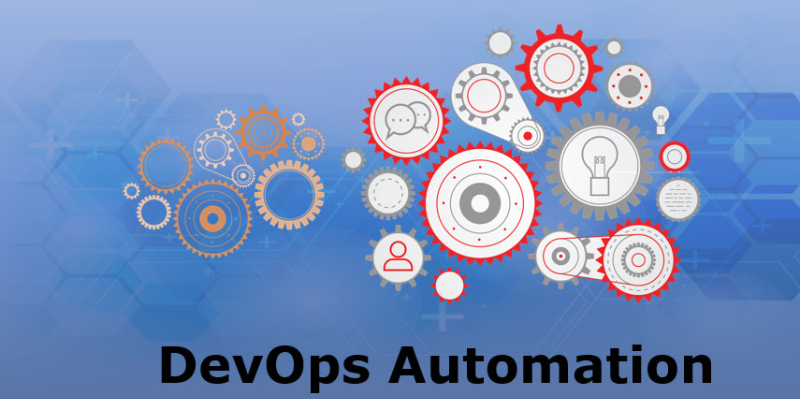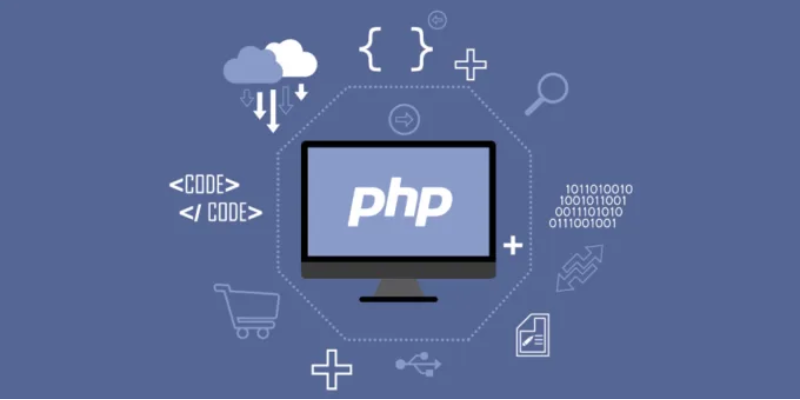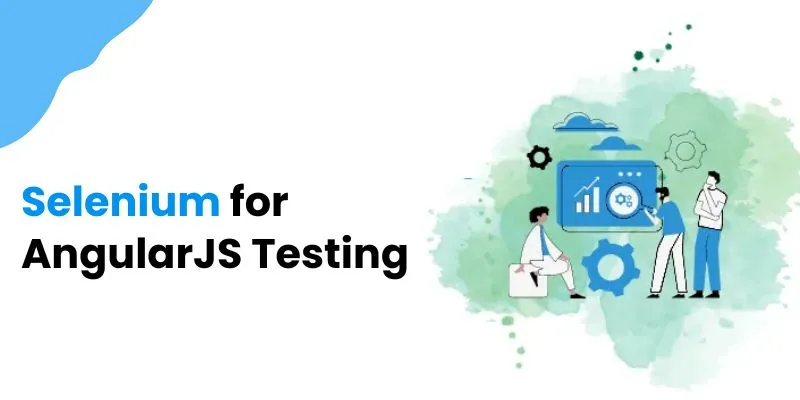Best Strategies for Application Migration to AWS Cloud
Migrating applications to the AWS (Amazon Web Services) cloud offers numerous benefits, including scalability, flexibility, and cost-efficiency. However, successful migration requires careful planning, strategy, and execution to minimize risks and ensure optimal performance. In this blog, we will explore some of the Best Strategies for Application Migration to AWS Cloud, covering key considerations, planning phases, and execution steps. Unlock your AWS potential! Embark on a AWS journey with our AWS Classes in Chennai. Join now for hands-on learning and expert guidance at FITA Academy. Introduction to Application Migration Application migration involves moving an existing application or workload from on-premises or […]









